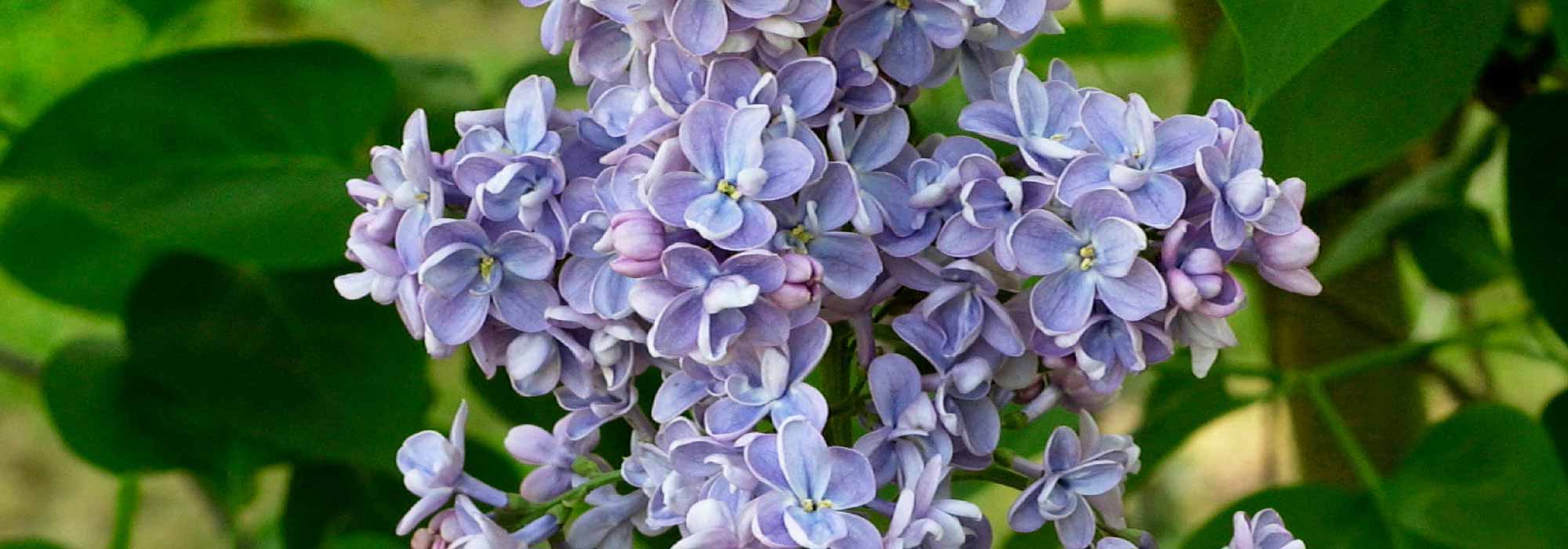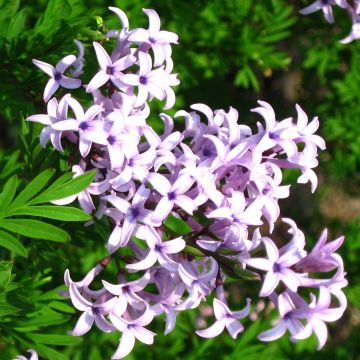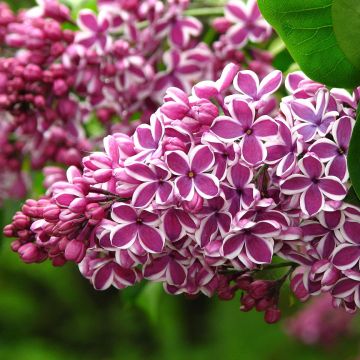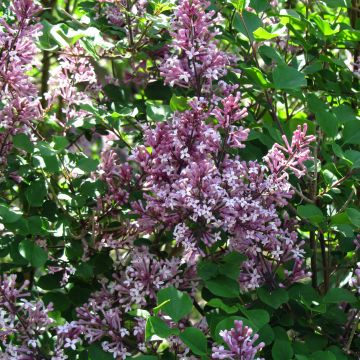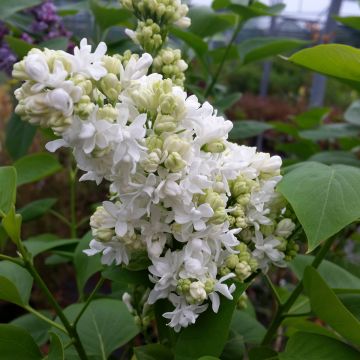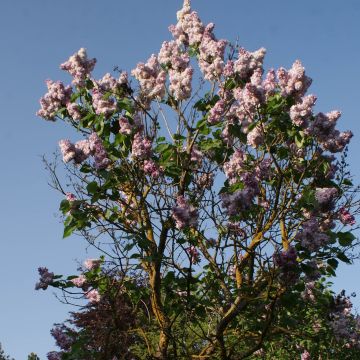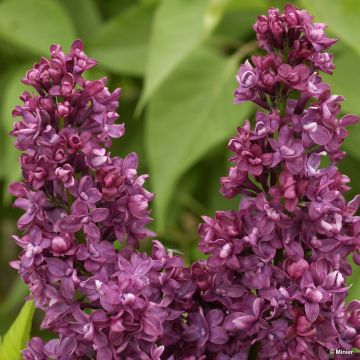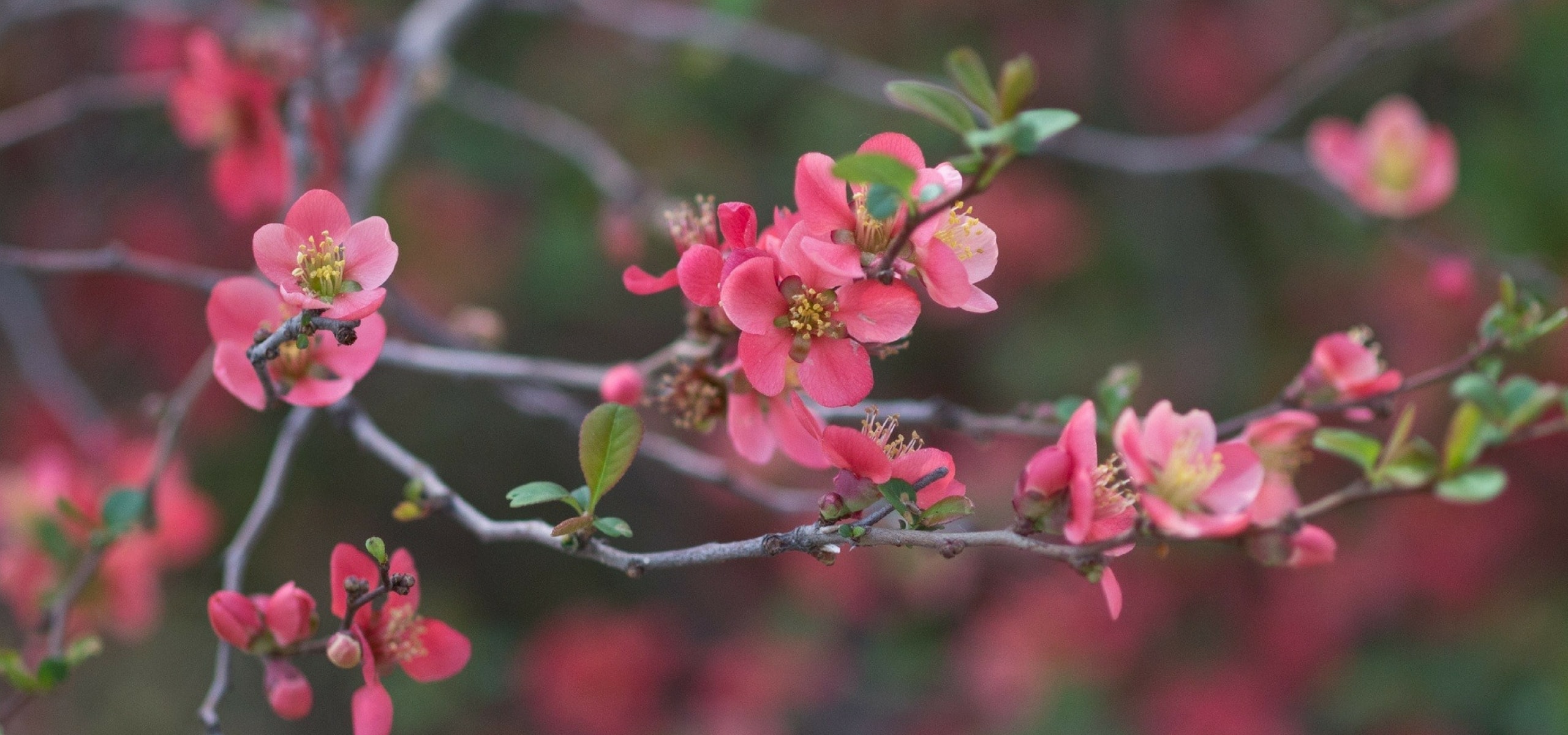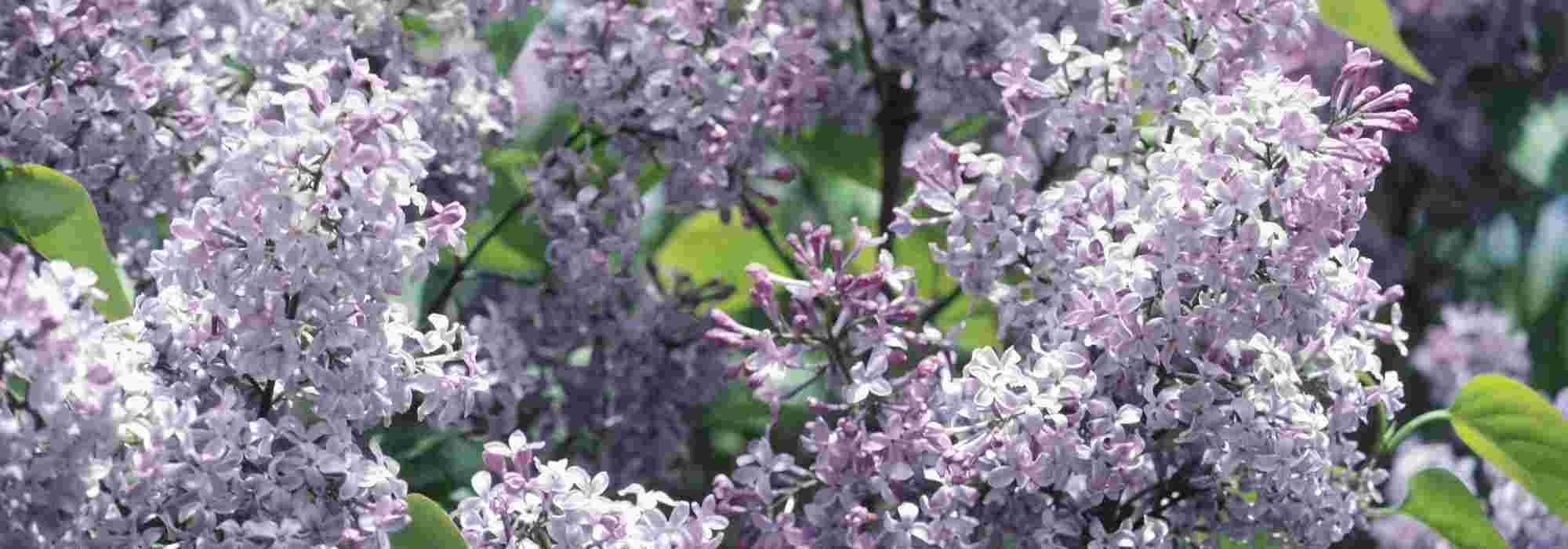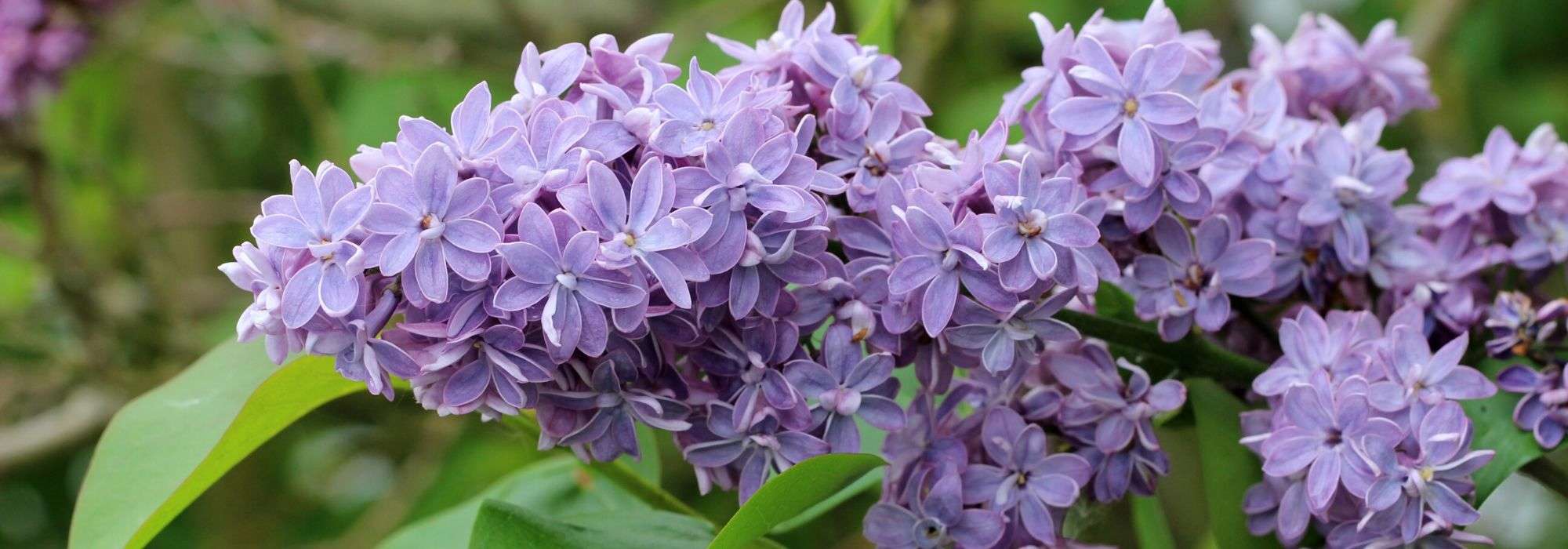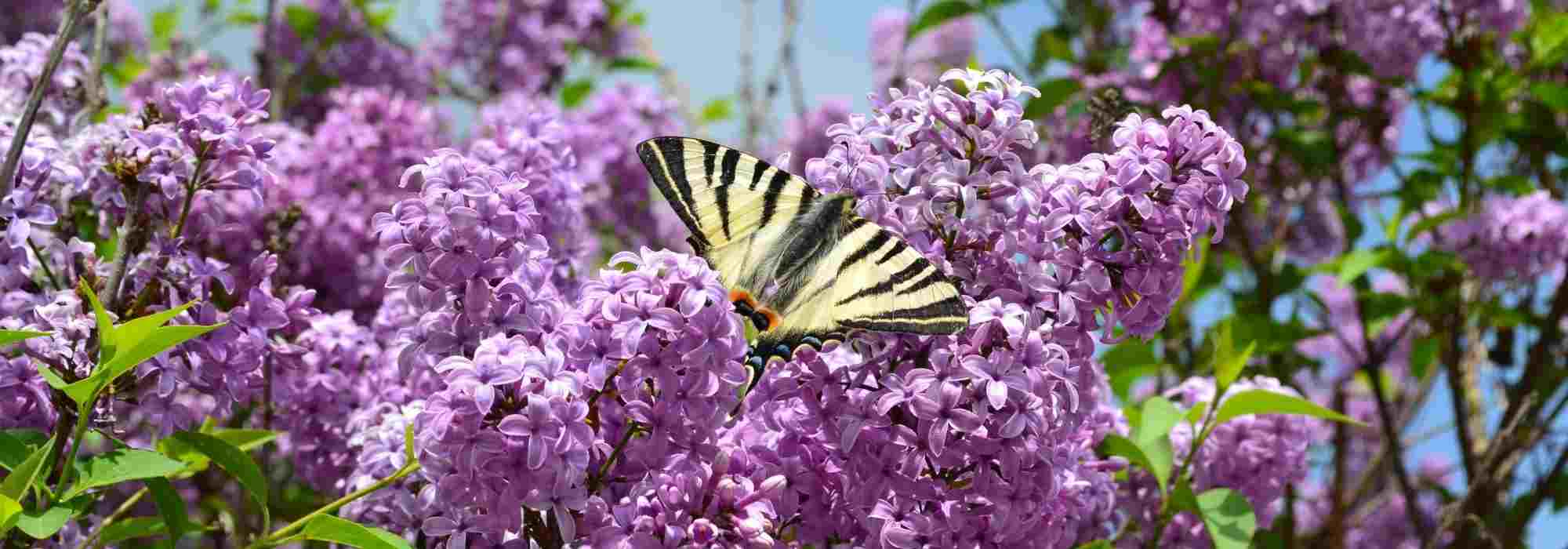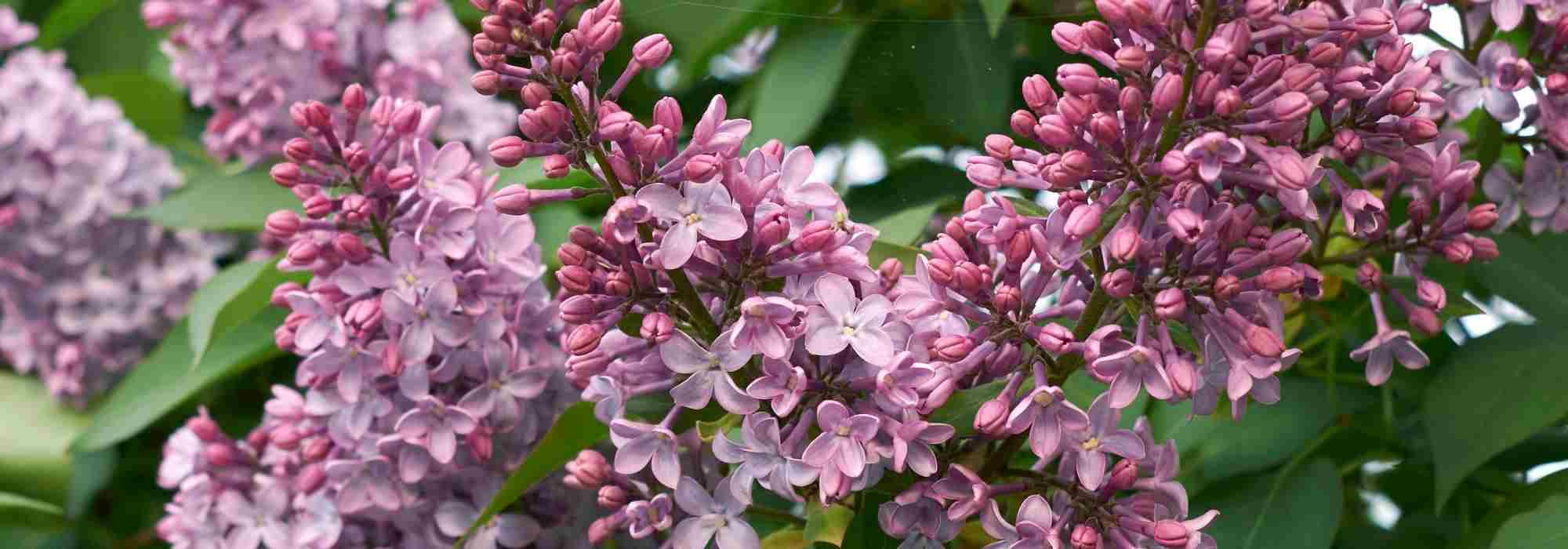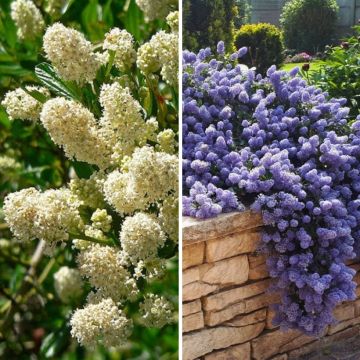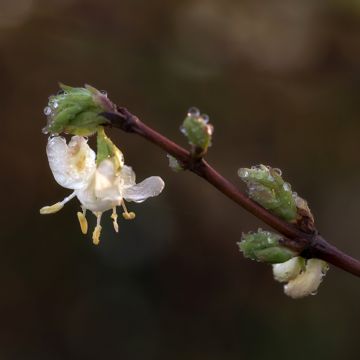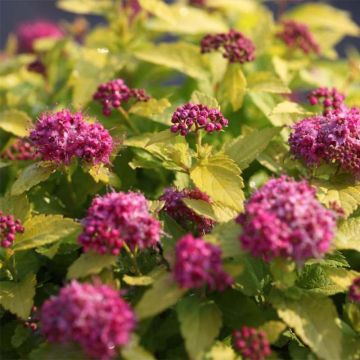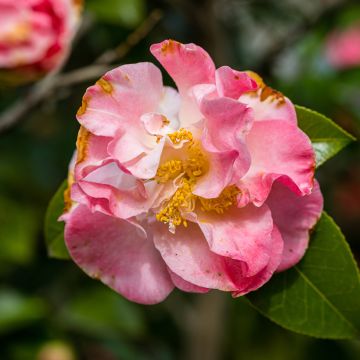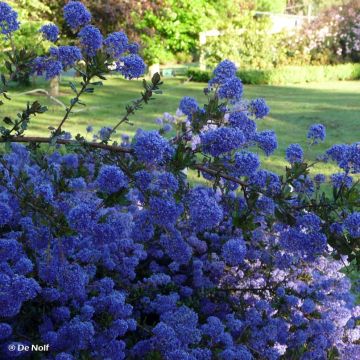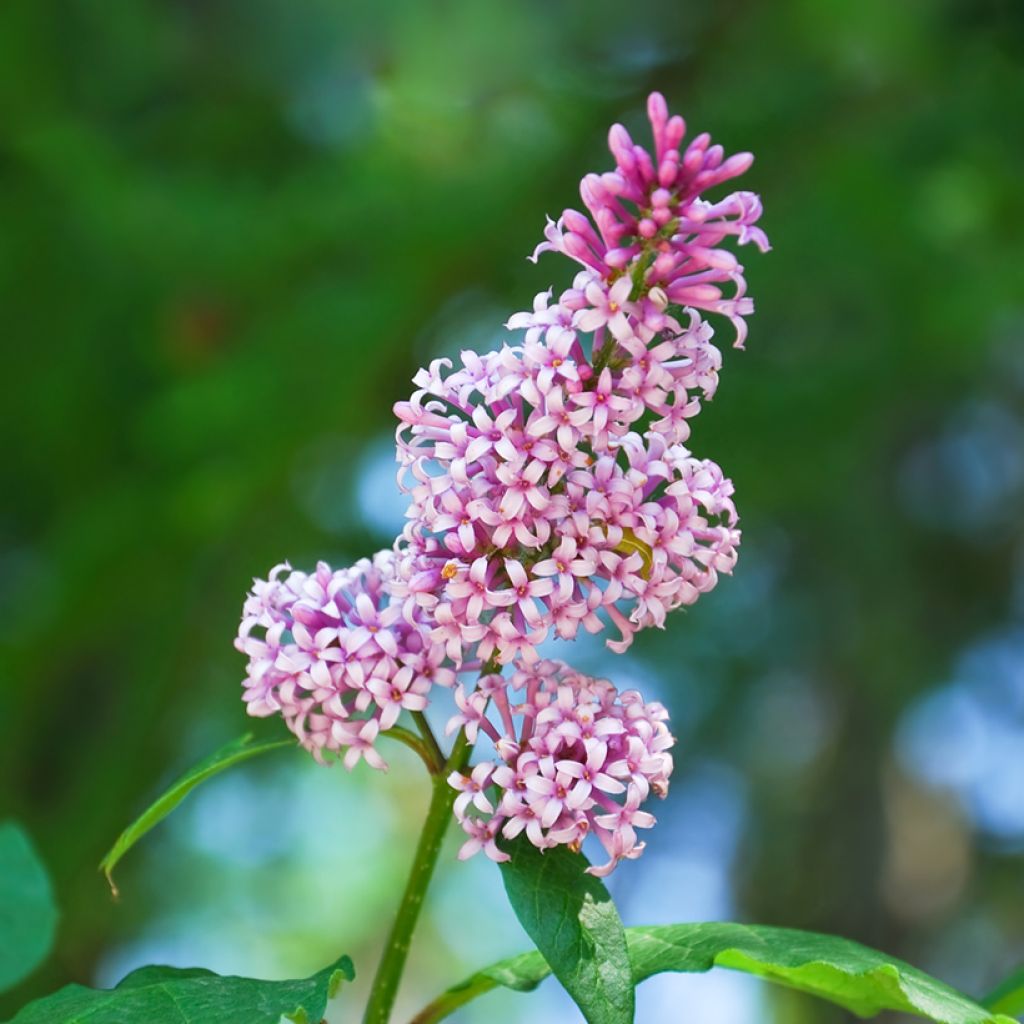

Syringa josikae


Syringa josikae
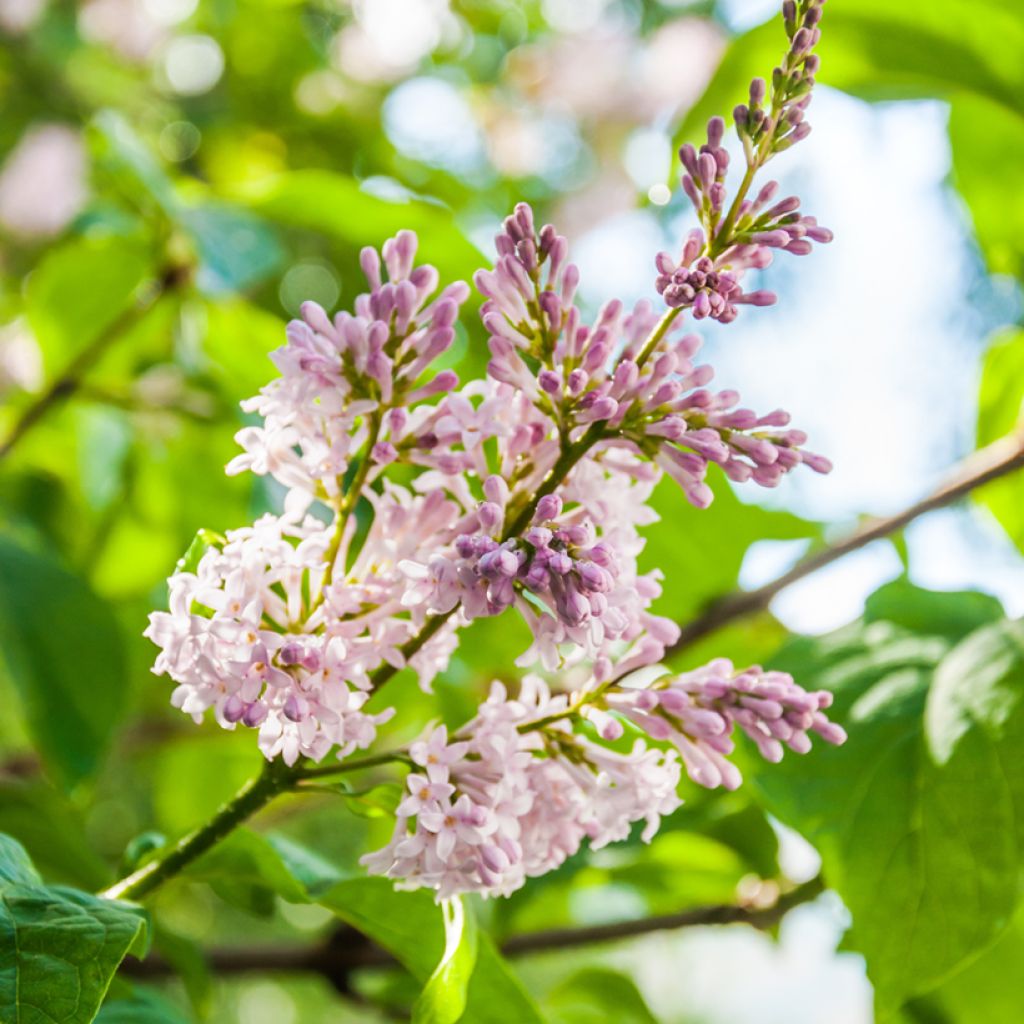

Syringa josikae
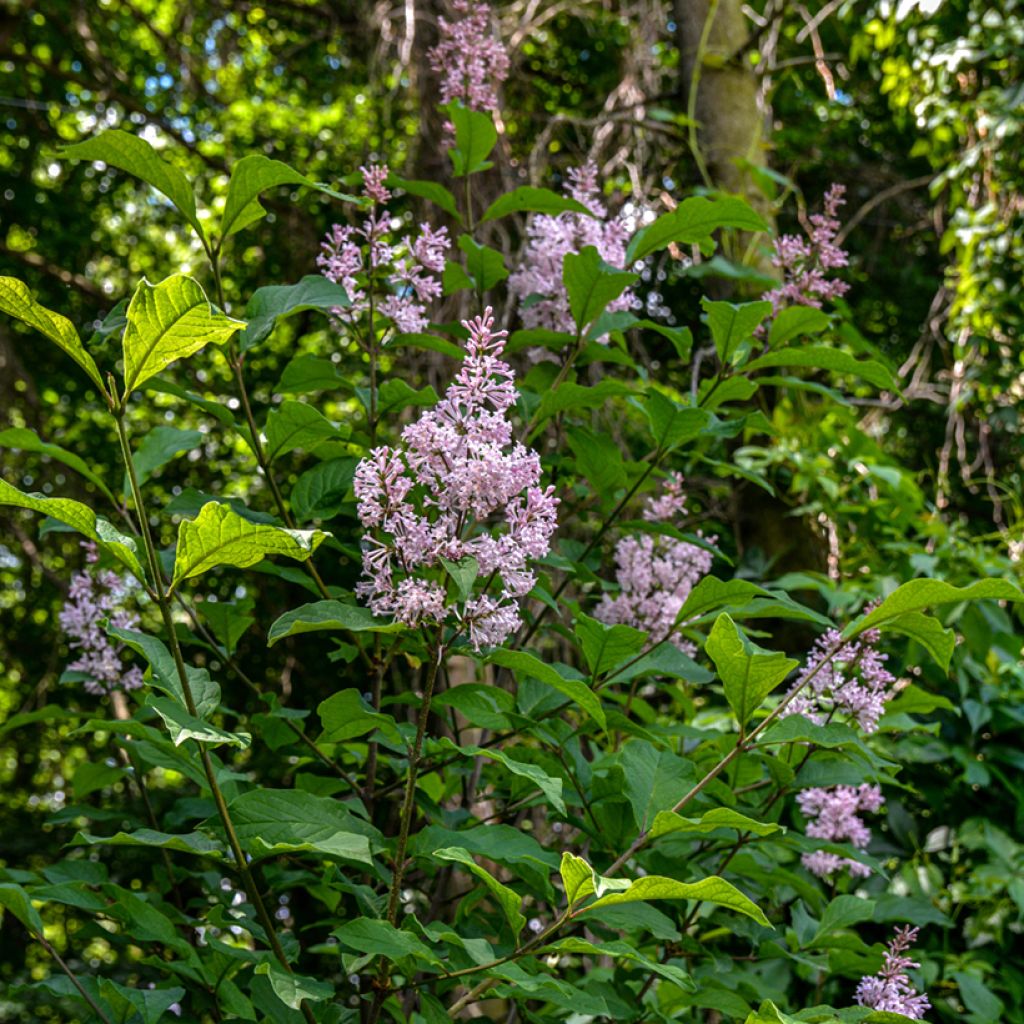

Syringa josikae


Syringa josikae
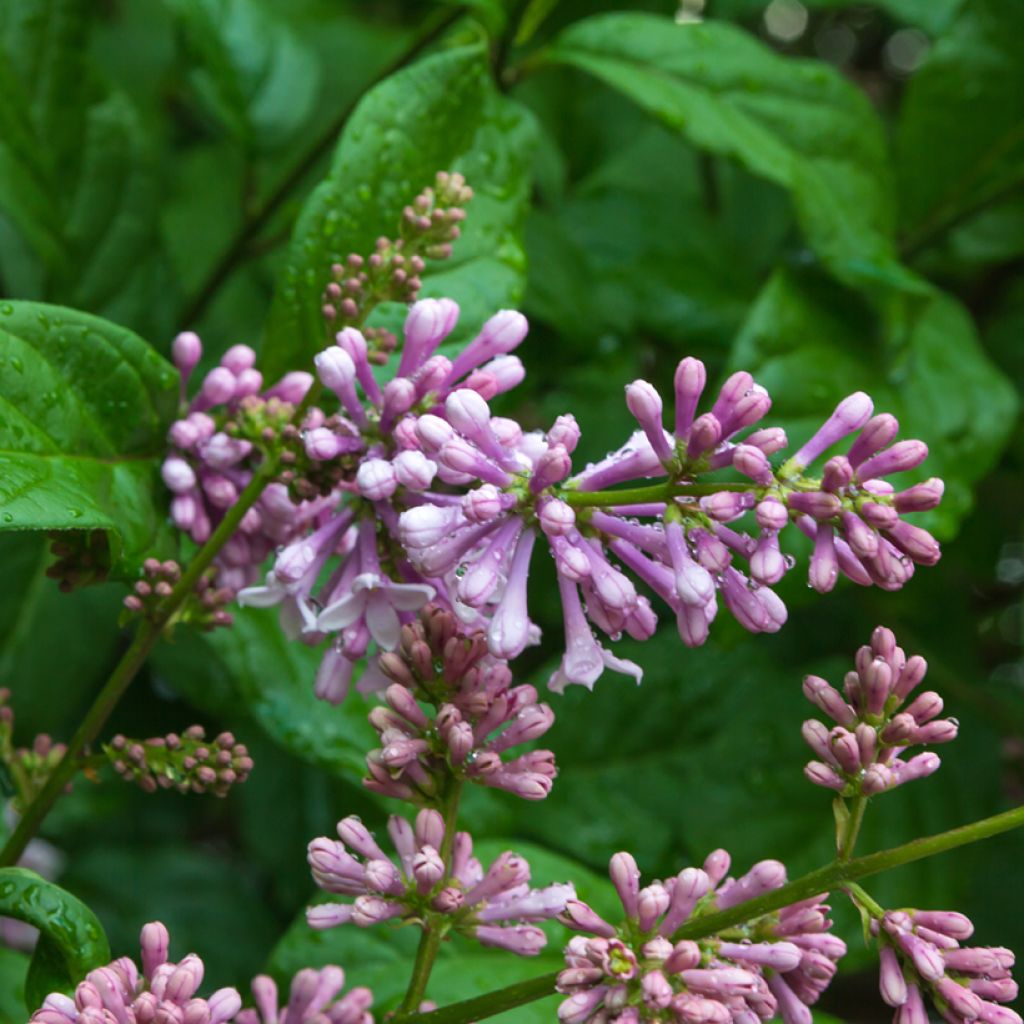

Syringa josikae
Syringa josikae
Syringa josikae
Special offer!
Receive a €20 voucher for any order over €90 (excluding delivery costs, credit notes, and plastic-free options)!
1- Add your favorite plants to your cart.
2- Once you have reached €90, confirm your order (you can even choose the delivery date!).
3- As soon as your order is shipped, you will receive an email containing your voucher code, valid for 3 months (90 days).
Your voucher is unique and can only be used once, for any order with a minimum value of €20, excluding delivery costs.
Can be combined with other current offers, non-divisible and non-refundable.
Home or relay delivery (depending on size and destination)
Schedule delivery date,
and select date in basket
This plant carries a 24 months recovery warranty
More information
We guarantee the quality of our plants for a full growing cycle, and will replace at our expense any plant that fails to recover under normal climatic and planting conditions.
Would this plant suit my garden?
Set up your Plantfit profile →
Description
This Lilac of Hungary, known as Syringa josikaea in Latin, is a rarely cultivated botanical species compared to the common lilac, possibly due to its soil requirements. However, this large and beautiful bush is not lacking in charm when it adorns itself in spring with large ramified clusters of slightly pendulous flowers, delicately violet-pink in colour and fragrant. It is a collector's lilac, attractive for flowering in a hedge in non-calcareous soils that remain cool in summer.
The Syringa josikaea belongs to the olive family, like all lilacs. It is native to central and eastern Europe and endemic to Ukraine and Romania, where it is becoming rare. In nature, it is always found near watercourses, on humus-rich soils that are always slightly damp. It is a particularly frost-resistant species that thrives in montane or temperate climates. Its shape forms a large bush, almost as wide as it is tall, well-branched and supported by stiff stems. Ultimately, it can reach a height of between 3 and 4 m (10 and 13ft) and a similar width, depending on the growing conditions. This lilac flowers abundantly in May-June, a few days after the common lilacs, at the ends of the branches. Its inflorescences are ramified, pyramidal thyrses, slightly inclined and highly fragrant, composed of small tubular flowers, violet-pink in colour, with the buds being a deeper pink. This flowering attracts many butterflies and pollinating insects. Its deciduous foliage consists of elliptical and pointed leaves measuring 6 to 12 cm (2 to 5in) in length, with prominent veins. They are green on the upper side and slightly velvety and more grey on the undersides. Before falling, the foliage turns yellow in autumn.
Perfume, flowering, childhood memories or even symbol of a significant event, everyone has a good reason to love lilacs, as endearing as they are unpretentious. The Lilac of Hungary is no exception to the rule: very hardy, generous, fragrant, vigorous, and rare; it embodies the charm and simplicity inherent in old gardens. It is a major component in creating a scented garden in non-chalky soil. Its flowering will accompany that of large rhododendrons or hydrangeas. It can be planted in groups, as a standalone specimen, or in a free hedge mixed with other varieties (flowering apple trees, Japanese cherry trees, flowering peach trees, etc.). Its highly fragrant clusters are appreciated in spring bouquets, accompanied by early garden irises, early peonies, bellflowers, and florist's ranunculus.
Syringa josikae in pictures
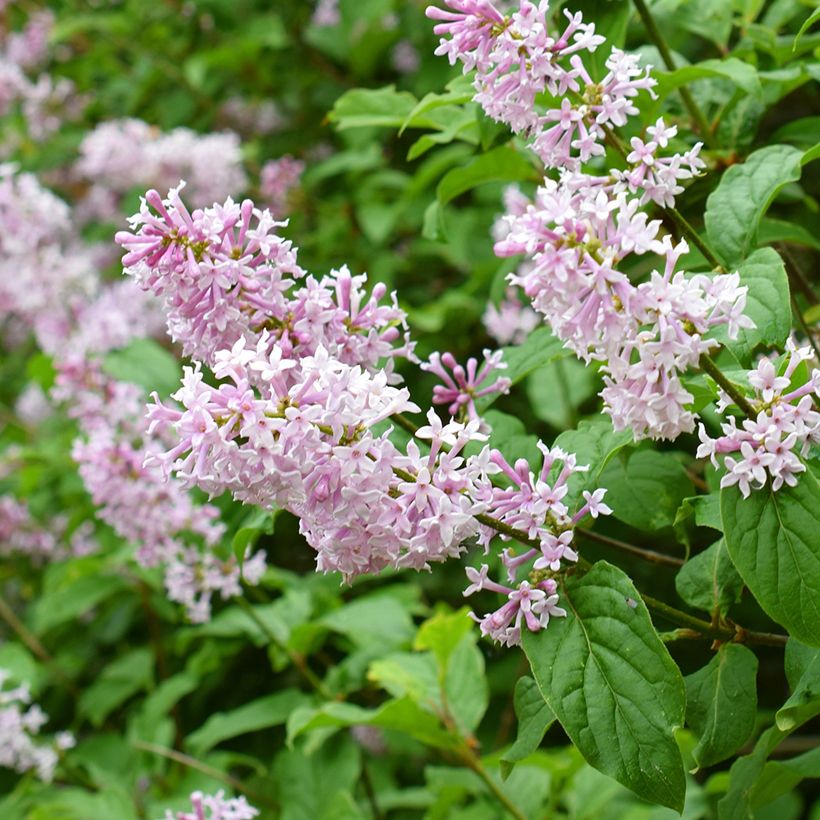

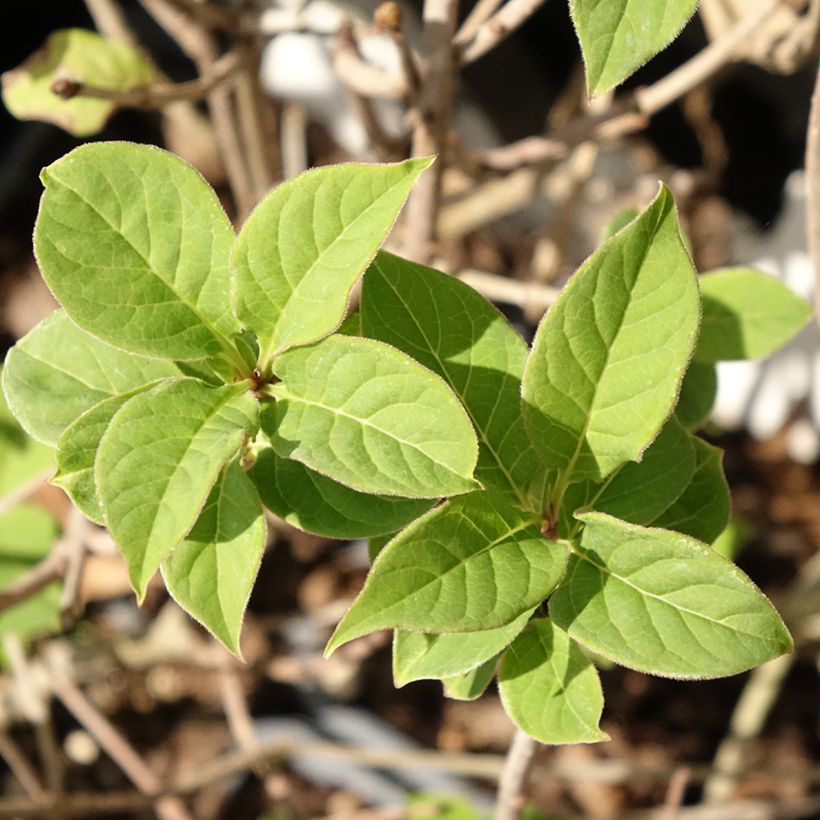

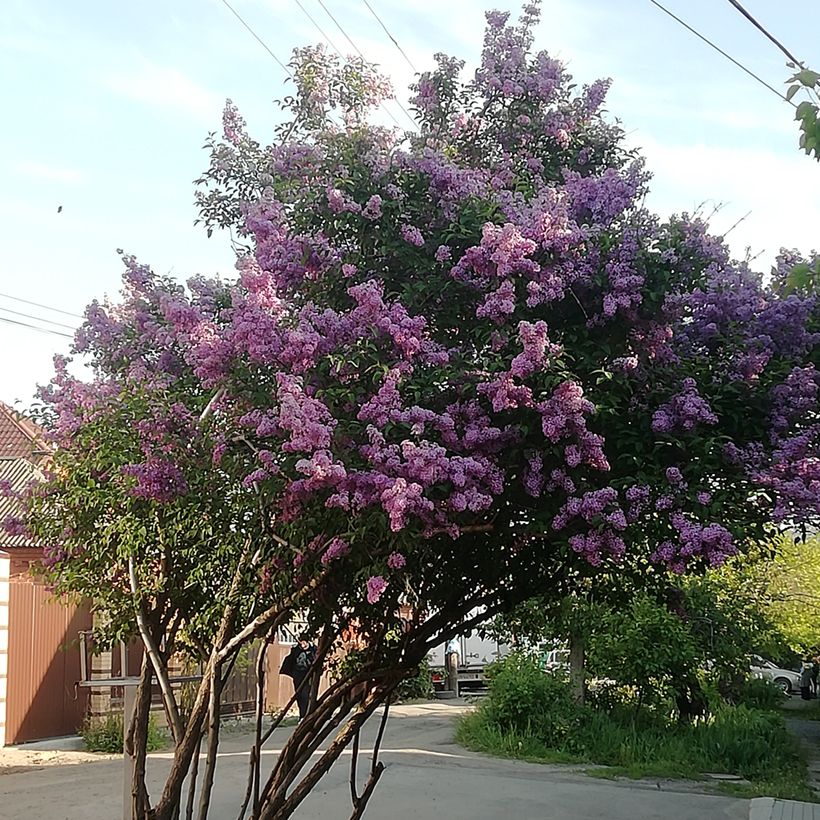

Plant habit
Flowering
Foliage
Botanical data
Syringa
josikae
Oleaceae
Central Europe
Other Syringa - Lilac
View all →Planting and care
The Syringa josikaea is planted from November to March and September to May. It thrives in temperate or montane climates. It is planted in a rich, deep, light soil that never completely dries out in summer. This species, which cannot tolerate limestone, requires a neutral to acidic soil. It is advisable to provide a complete fertilizer yearly at the beginning of the growing season. It is preferable to plant it in full sun or light shade in very sunny climates. Its flowering is best when it receives maximum light and well-contrasted winters—cutting off faded flower heads after flowering is helpful to prevent fruiting, which is not exciting and exhausts the plant. This will promote a more abundant flowering the following year. This variety blooms on the previous year's shoots and the current year's branches. Avoid severe pruning that limits spring flowering unless your lilac becomes too large.
Planting period
Intended location
Care
Planting & care advice
This item has not been reviewed yet - be the first to leave a review about it.
Similar products
Haven't found what you were looking for?
Hardiness is the lowest winter temperature a plant can endure without suffering serious damage or even dying. However, hardiness is affected by location (a sheltered area, such as a patio), protection (winter cover) and soil type (hardiness is improved by well-drained soil).

Photo Sharing Terms & Conditions
In order to encourage gardeners to interact and share their experiences, Promesse de fleurs offers various media enabling content to be uploaded onto its Site - in particular via the ‘Photo sharing’ module.
The User agrees to refrain from:
- Posting any content that is illegal, prejudicial, insulting, racist, inciteful to hatred, revisionist, contrary to public decency, that infringes on privacy or on the privacy rights of third parties, in particular the publicity rights of persons and goods, intellectual property rights, or the right to privacy.
- Submitting content on behalf of a third party;
- Impersonate the identity of a third party and/or publish any personal information about a third party;
In general, the User undertakes to refrain from any unethical behaviour.
All Content (in particular text, comments, files, images, photos, videos, creative works, etc.), which may be subject to property or intellectual property rights, image or other private rights, shall remain the property of the User, subject to the limited rights granted by the terms of the licence granted by Promesse de fleurs as stated below. Users are at liberty to publish or not to publish such Content on the Site, notably via the ‘Photo Sharing’ facility, and accept that this Content shall be made public and freely accessible, notably on the Internet.
Users further acknowledge, undertake to have ,and guarantee that they hold all necessary rights and permissions to publish such material on the Site, in particular with regard to the legislation in force pertaining to any privacy, property, intellectual property, image, or contractual rights, or rights of any other nature. By publishing such Content on the Site, Users acknowledge accepting full liability as publishers of the Content within the meaning of the law, and grant Promesse de fleurs, free of charge, an inclusive, worldwide licence for the said Content for the entire duration of its publication, including all reproduction, representation, up/downloading, displaying, performing, transmission, and storage rights.
Users also grant permission for their name to be linked to the Content and accept that this link may not always be made available.
By engaging in posting material, Users consent to their Content becoming automatically accessible on the Internet, in particular on other sites and/or blogs and/or web pages of the Promesse de fleurs site, including in particular social pages and the Promesse de fleurs catalogue.
Users may secure the removal of entrusted content free of charge by issuing a simple request via our contact form.
The flowering period indicated on our website applies to countries and regions located in USDA zone 8 (France, the United Kingdom, Ireland, the Netherlands, etc.)
It will vary according to where you live:
- In zones 9 to 10 (Italy, Spain, Greece, etc.), flowering will occur about 2 to 4 weeks earlier.
- In zones 6 to 7 (Germany, Poland, Slovenia, and lower mountainous regions), flowering will be delayed by 2 to 3 weeks.
- In zone 5 (Central Europe, Scandinavia), blooming will be delayed by 3 to 5 weeks.
In temperate climates, pruning of spring-flowering shrubs (forsythia, spireas, etc.) should be done just after flowering.
Pruning of summer-flowering shrubs (Indian Lilac, Perovskia, etc.) can be done in winter or spring.
In cold regions as well as with frost-sensitive plants, avoid pruning too early when severe frosts may still occur.
The planting period indicated on our website applies to countries and regions located in USDA zone 8 (France, United Kingdom, Ireland, Netherlands).
It will vary according to where you live:
- In Mediterranean zones (Marseille, Madrid, Milan, etc.), autumn and winter are the best planting periods.
- In continental zones (Strasbourg, Munich, Vienna, etc.), delay planting by 2 to 3 weeks in spring and bring it forward by 2 to 4 weeks in autumn.
- In mountainous regions (the Alps, Pyrenees, Carpathians, etc.), it is best to plant in late spring (May-June) or late summer (August-September).
The harvesting period indicated on our website applies to countries and regions in USDA zone 8 (France, England, Ireland, the Netherlands).
In colder areas (Scandinavia, Poland, Austria...) fruit and vegetable harvests are likely to be delayed by 3-4 weeks.
In warmer areas (Italy, Spain, Greece, etc.), harvesting will probably take place earlier, depending on weather conditions.
The sowing periods indicated on our website apply to countries and regions within USDA Zone 8 (France, UK, Ireland, Netherlands).
In colder areas (Scandinavia, Poland, Austria...), delay any outdoor sowing by 3-4 weeks, or sow under glass.
In warmer climes (Italy, Spain, Greece, etc.), bring outdoor sowing forward by a few weeks.






























